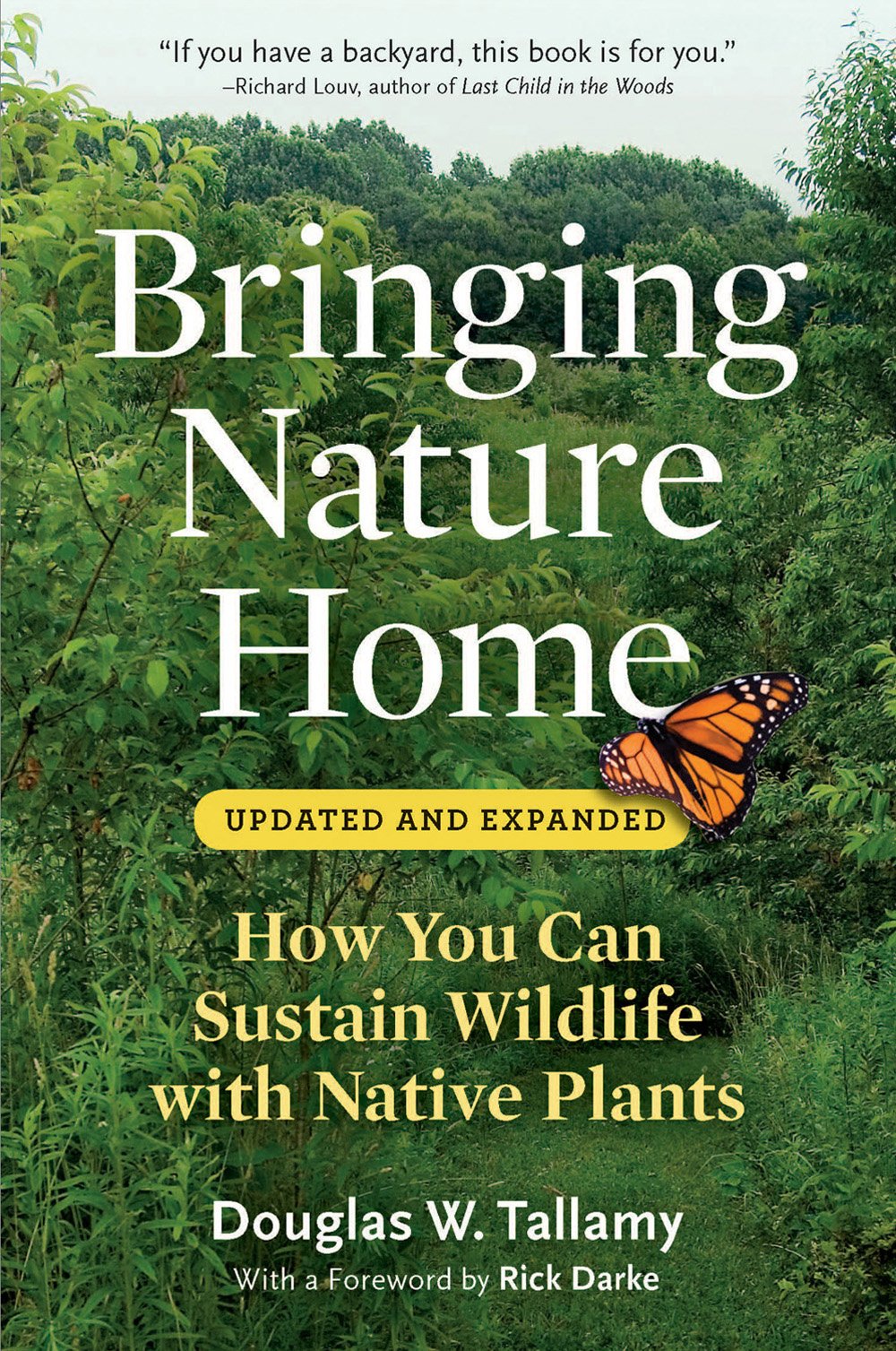
Why have bird populations fallen dramatically over the last five decades while birds continue to thrive at certain locations such as the Saucelito Creek Wildlife Refuge (SCWR)? Over the last decade, research by Professor Douglas Tallamy of the University of Delaware has shed light on the bird decline.

The brief synopsis is that birds need lots of caterpillars to feed their young, caterpillars have adapted to thrive on native plants but do poorly on non-natives, and native plant communities have declined sharply as farms, ranches, and suburbs have expanded. Without native plants you don’t have caterpillars, and, thus, no food for fledgling birds.

Tallamy’s research has shown that areas dominated by non-native plants have 75% fewer caterpillars and were 60% less likely to have breeding chickadees.

So why do caterpillars need native plants? It’s because caterpillars have co-evolved with native plants and can thus defeat their defensive mechanisms that discourage caterpillars from eating their leaves. But non-native plants use unfamiliar defense mechanisms that stump the caterpillars.

When a caterpillar bites into a Milkweed leaf, for example, the leaf extrudes a milky sap that will glue the caterpillar’s mouth shut.

But Monarch caterpillars know to first cut through the leaf’s main stem, stopping the flow of sap.

However, caterpillars haven’t figured out such tactics for non-native plants or even all native plants. Just 5% of the native plants provide 75% of the caterpillars for birds to eat. In Marin, as in much of North America, the two native plants with the most caterpillar species are oak trees and willows, both of which support over 260 species of caterpillars. This is 10 times as many as a typical native plant, which is 10 times as many as a typical non-native plant.

The SCWR is home to about 30 Coast Live Oaks and 25 Willow trees, and these are the focus of the remarkable bird activity there.

On the other hand, our non-native Eucalyptus and Acacia support only five and eight caterpillar species, respectively, and have few bird visitors other than for perching. As we gradually replace our non-native French Broom and Himalayan Blackberry, one emphasis will be on high caterpillar plants such as Pacific Wax Myrtle, Ceanothus, Lupine, Goldenrod and Pink Flowering Currant.

In 2020 we added 50 more plants to our growing butterfly habitat, and we now have over 100 perennials and 500 square feet of meadow wildflowers that bloom in the spring and summer. We plan on doubling these numbers over the next two or three years.

For more information see:
Doug Tallamy: How Gardening with Native Plants Helps Wildlife, CA Focus (YouTube)
Bringing Nature Home by Douglas Tallamy


